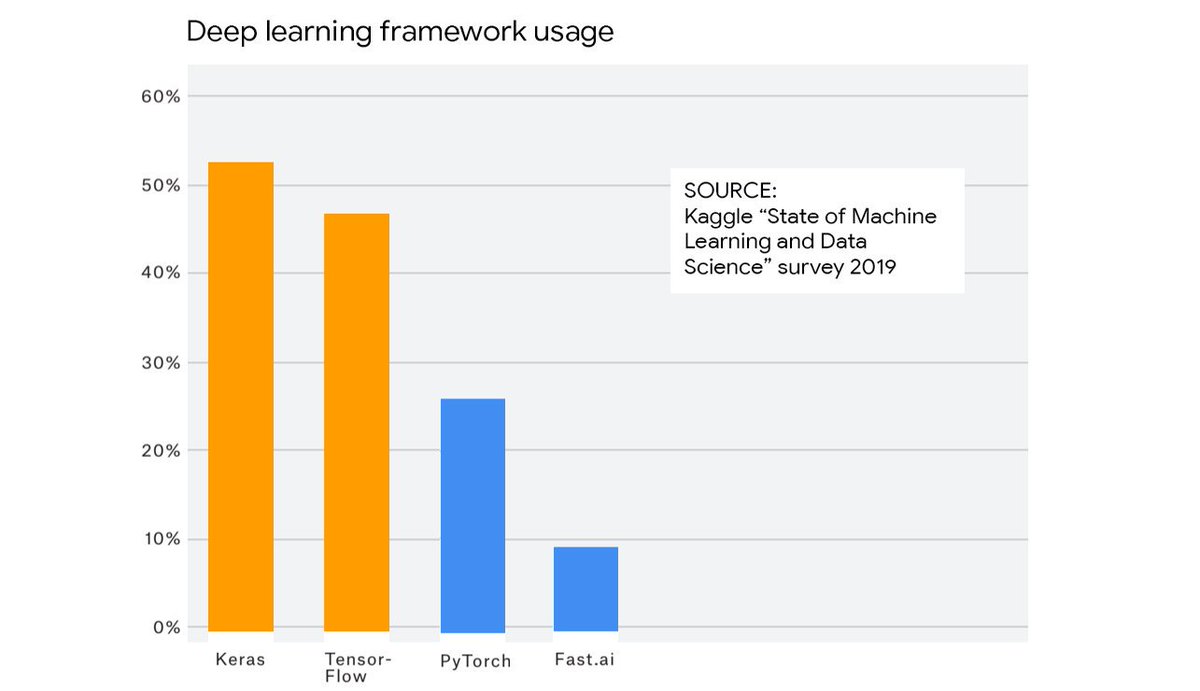

When Tensorflow was released in 2015, he refactored Keras to run on TensorFlow. At that time, he was exposed to the early internal version of Tensorflow – which was an improved version of Theano. Later, he joined Google’s research team working on image classification. “It was going to be mostly around RNNs and LSTMs and the models would be defined by Python code, which was going against mainstream,” he adds. Back then, there was no good solution or reusable open-source implementation of RNNs and LSTMs, so he decided to build his own and that’s how Keras started.

Chollet was interested in Recurrent Neural Networks (RNNs) which was a niche topic at that time. At that time Caffe was the popular deep learning library, based on C++ and was popular for building Computer Vision projects. I started working on Keras in 2015, says Chollet. This book features over 70 recipes such as object detection and classification, building self-driving car applications, understanding data encoding for image, text and recommender systems and more. Early days of Keras and how it was integrated into TensorFlow If you want to build multiple neural network architectures such as CNN, RNN, LSTM in Keras, we recommend you to read Neural Networks with Keras Cookbook by V Kishore Ayyadevara. We recommend the full podcast that’s available on Fridman’s YouTube channel. In this post, we have tried to highlight François’ views on the Keras and TensorFlow 2.0 integration, early days of Keras and the importance of design decisions for building deep learning models. In September, Lex Fridman, Research scientist at MIT popularly known for his podcasts, spoke to François Chollet, who is the author of Keras on Keras, Deep Learning, and the Progress of AI. It serves as an interface to several deep learning libraries, most popular of which is TensorFlow, and it was integrated into TensorFlow main codebase in TensorFlow 2.0. Keras is an open-source deep-learning library that is designed to enable fast, user-friendly experimentation with deep neural networks. One of the major highlights of this release was the integration of Keras into TensorFlow. TensorFlow 2.0 was made available in October.


 0 kommentar(er)
0 kommentar(er)
